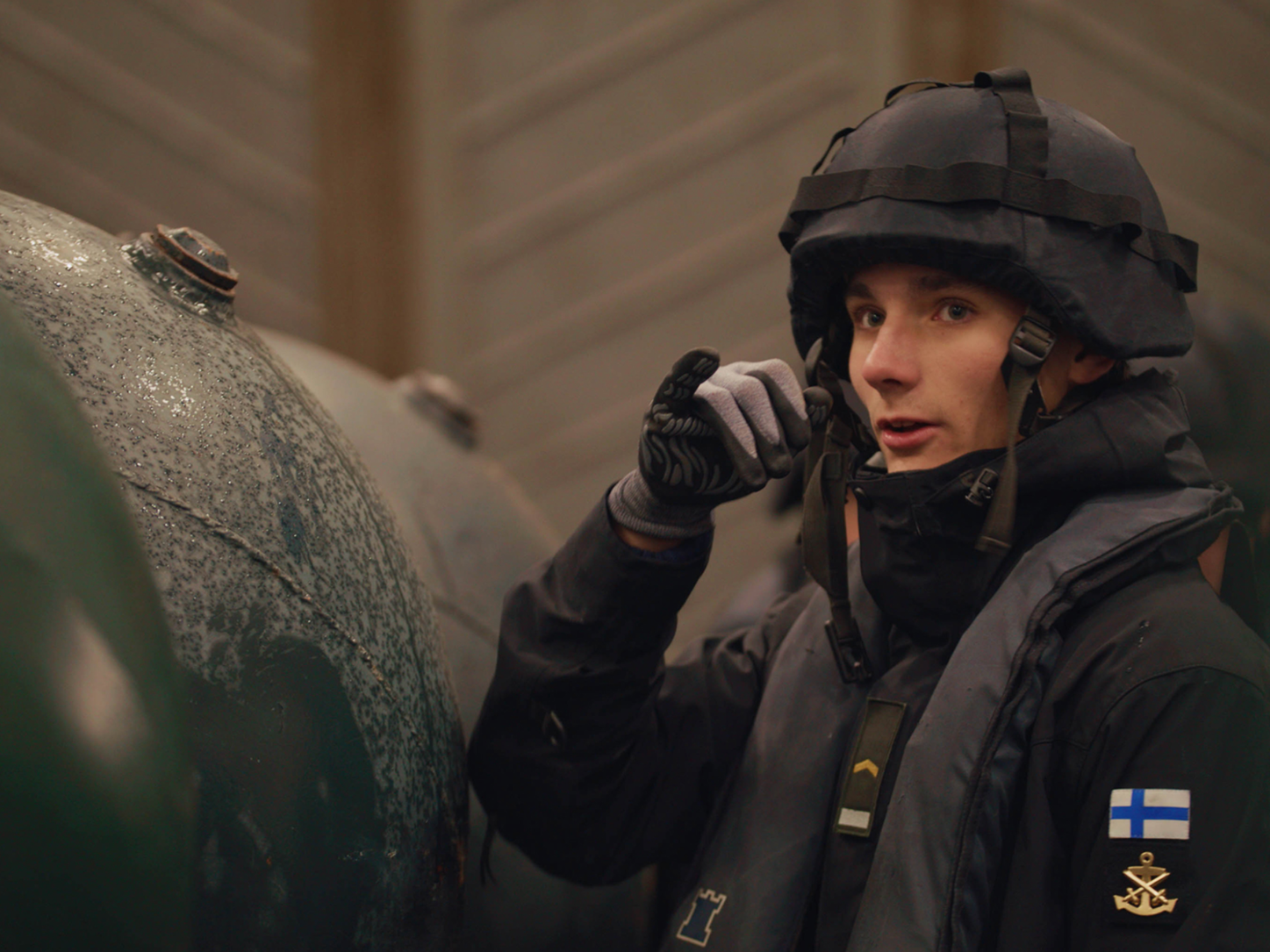Along the ocean floor, more than 600 fiber-optic undersea cables, or submarine communications cables, form the backbone of the global internet, transmitting some 95% of all the data shared among continents.
In the Baltic Sea, European authorities have been investigating recent incidents of damaged cables, pointing to evidence that implicates Russia and its alleged "shadow fleet" of ships that are operated by vague owners to evade Western oil sanctions imposed over Russia's war in Ukraine.









